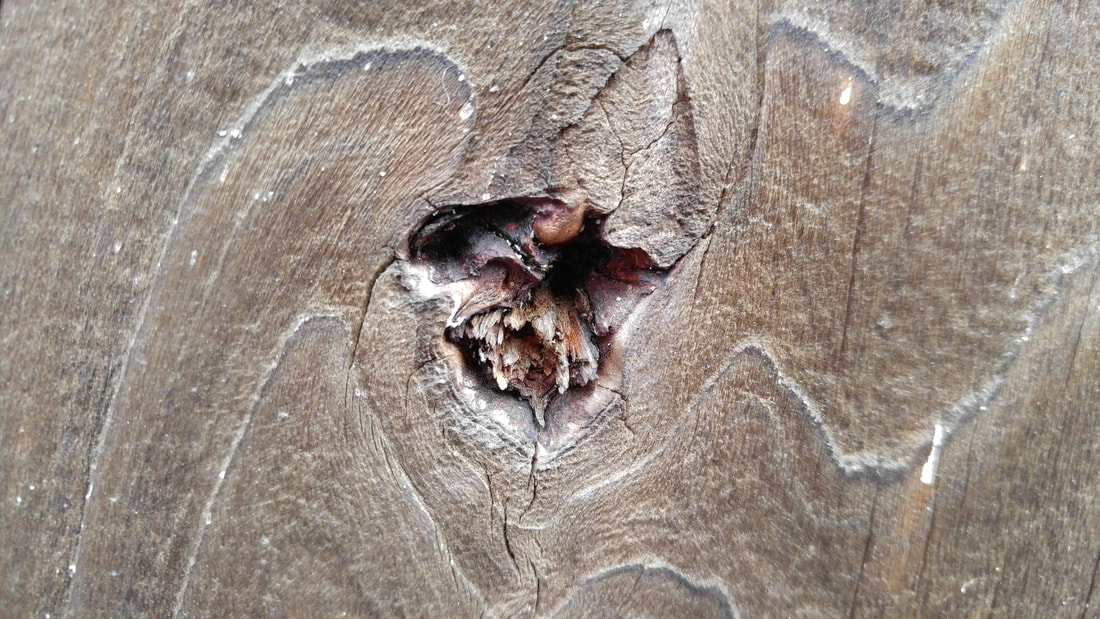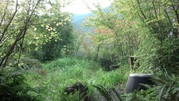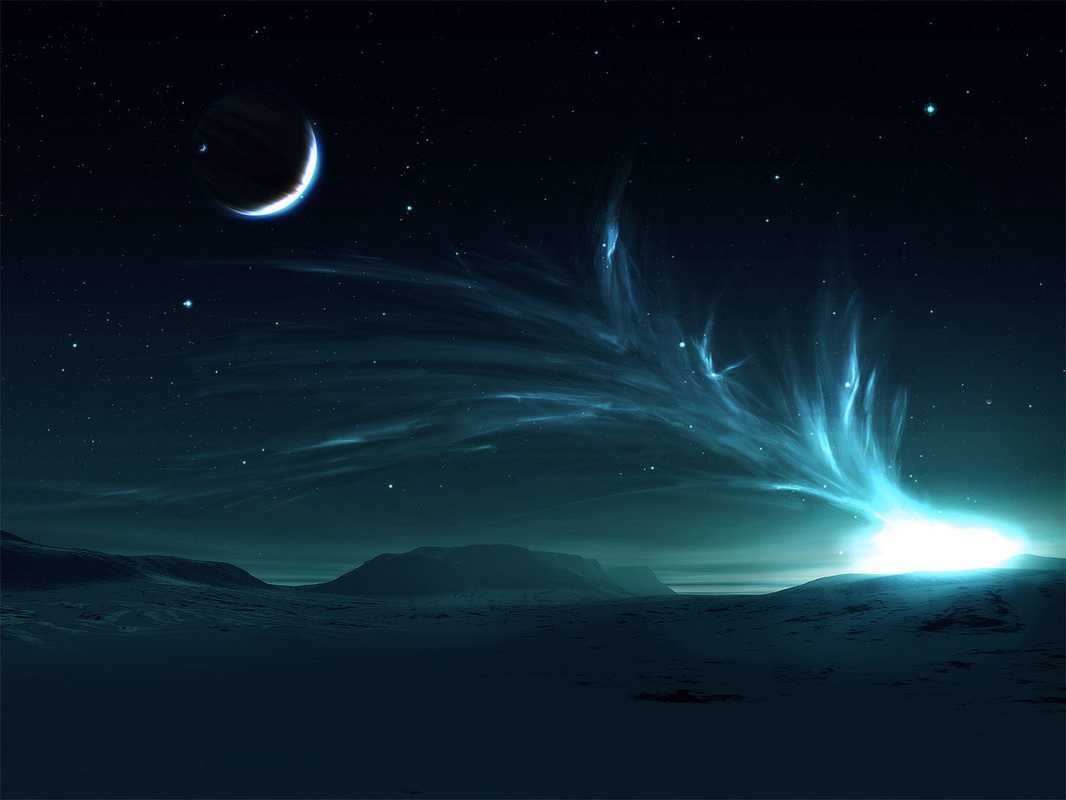Introduction
There is a musical characteristic, a quality of sound I have noticed across cultures, that I have been trying to name and describe as long as I can remember.
For many years, I was left describing this sound as "sad music," "music that moves my soul," or "I like music written in minor keys," but it's really much more than that.
For many years, I was left describing this sound as "sad music," "music that moves my soul," or "I like music written in minor keys," but it's really much more than that.
The concept was brought to the front of my attention recently while I was reading Brené Brown's new book, Braving the Wilderness, in which she mentions this "high lonesome" sound. This term comes from American Bluesgrass music, which was pioneered by Bill Monroe.
Purpose
In this article, my purpose is to present to you a number of examples of this "high lonesome" sound that can be found in music throughout the world, and also to present and coin a new term to represent this macrogenre of music.
So, it is my honor to present to you:
Spirit Sorrow: A macrogenre of music encompassing authentic expressions of sorrow throughout a variety of sub-genres including but not limited to: folk music, spirituals, flamenco, yoiking, throat singing, folk-metal, and bossa nova.
This genre includes musical concepts such as: high lonesome and saudade. Most music in the "Spirit Sorrow" genre includes a vocal element, so as to call the collective human spirit forward into our emotional bodies.
So, it is my honor to present to you:
Spirit Sorrow: A macrogenre of music encompassing authentic expressions of sorrow throughout a variety of sub-genres including but not limited to: folk music, spirituals, flamenco, yoiking, throat singing, folk-metal, and bossa nova.
This genre includes musical concepts such as: high lonesome and saudade. Most music in the "Spirit Sorrow" genre includes a vocal element, so as to call the collective human spirit forward into our emotional bodies.
Examples in the 'Spirit Sorrow' Genre
[1] One great example of this high lonesome sound is the song "Man of Constant Sorrow," a traditional American folk song first published by Dick Burnett, and made widely popular by the Movie "O Brother, Where Art Thou?"
[2] This sound is also be found in "spirituals" (mainly originating from the American South).
Here's a great example, an acapella version of: "Wade in the Water" by Sweet Honey In The Rock.
Here's a great example, an acapella version of: "Wade in the Water" by Sweet Honey In The Rock.
[3] In Brazilian culture they call this “saudade”
Example: Chega de saudade, composed by Antonio Carlos Jobim and Vinicius de Moraes, interpreted by João Gilberto
Example: Chega de saudade, composed by Antonio Carlos Jobim and Vinicius de Moraes, interpreted by João Gilberto
[4] In Korean culture, Spirit Sorrow shows itself through pansori music, which is Korean traditional musical storytelling usually performed by one singer or more, most often supported by one or more Korean traditional percussion instruments.
Here is an example of Jindo Arirang (beginning at 2:58), which comes from Southwestern South Korea, the region where I was born.
Here is an example of Jindo Arirang (beginning at 2:58), which comes from Southwestern South Korea, the region where I was born.
"Whenever I am sad or happy, I automatically sing this song. It comes out somewhat unconsciously. It makes me happy, but at times, I tear up. I tear up while singing."
- Kang Song-dae, Master Singer
- Kang Song-dae, Master Singer
[5] Korean culture has, in my opinion, maintained that sorrowful sound even in their more modern pop drama music.
[6] Now here's an example where the Spirit Sorrow sound from two different cultures is being blended together. Here it's a fusion of flamenco and pansori:
[7 & 8] Here's a couple examples from Scandinavian culture, where they seem to have retained a lot of the traditional elements of music in their more modern music and lifestyles:
[9] In Northern Scandinavian native Sami culture, there is a style called "yoiking." Here is a great album from Mari Boine, that demonstrates yoiking with jazz and funk elements.
[10] I will limit my examples to ten for the purposes of this article and lastly, present to you, an example of Finnish folk-metal-- this band is called "Moonsorrow." Here is their album: "Kivenkantaja"
From Braving the Wilderness
"Music, like all art, gives pain and our most wrenching emotions voice, language, and form, so it can be recognized and shared. The magic of the high lonesome sound is the magic of all art: the ability to both capture our pain and deliver us from it at the same time." (Brown 44)
"When we hear someone else sing about the jagged edges of heartache or the unspeakable nature of grief, we immediately know we're not the only ones in pain. The transformative power of art is in this sharing. Without connection or collective engagement, what we hear is simply a caged song of sorrow and despair; we find no liberation in it. It's the sharing of art that whispers, 'You're not alone.' " (Brown 44-45)
Spirit Sorrow Playlist -
A Carefully Curated Collection
And lastly, for your listening embrace of sorrowful pleasure, here is a carefully curated playlist of Spirit Sorrow songs.
With Gratitude,
Yeon-Hee
Yeon-Hee
| Yeon-Hee Yim Nature Lover, Explorer, Audio Director, Lead Composer, Master Music Guide @Sonaesthetics Studios |
Moved by what you've experienced here and want more?








 RSS Feed
RSS Feed
